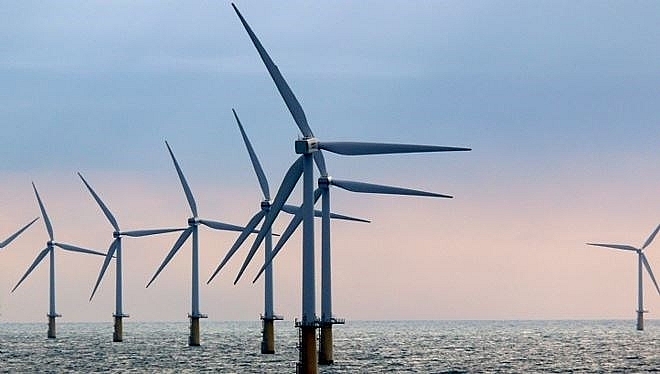First-of-its-kind clean energy investment initiative for Southeast Asia
 |
| SEACEF believes its funding will draw in 50-times more follow-on investment in new clean energy projects |
With traditional investors hesitant since the COVID-19 pandemic, the timely intervention will provide the high-risk, early-stage venture capital-type funding critical to getting transformational new clean energy projects off the ground.
With an initial focus on Vietnam, Indonesia, and the Philippines and managed by Singapore-based Clime Capital, the Southeast Asia Clean Energy Facility (SEACEF) has been supported by leading international climate foundations including Sea Change Foundation International, Wellspring Climate Initiative, High Tide Foundation, Grantham Foundation, Bloomberg Philanthropies, Packard Foundation, and Children’s Investment Fund Foundation (CIFF).
“The launch of this new fund comes at a critical moment, with the COVID-19 crisis shrinking traditional sources of finance, dedicated towards bending the curve of climate change,” said Imraan Mohammed, head of Impact Investing at CIFF. “Impact investors and foundations are stepping up to bridge the gap, catalyse other sources of funding and ensure that the transition to clean energy in Southeast Asia continues to accelerate.”
Clime Capital’s managing director Mason Wallick said, “Even in times of stability, the first 1-2 per cent of development finance for clean energy projects is the hardest to find, given it carries the highest risk. However, the opportunities for renewable energy investment remain significant, so this high-risk capital is a cornerstone at a time of great uncertainty, which can catalyse the significant funding required to turn proposals into major clean energy projects.”
According to Bloomberg New Energy Finance, solar PV (Solar Photovoltaic panels) and onshore wind are now the cheapest sources of new-build generation for at least two-thirds of the global population. However, many potentially viable projects in Vietnam, Indonesia, the Philippines, and other parts of Southeast Asia would not happen without such early-stage funding, as most private sector investors are unwilling to get involved until early-stage development risks are successfully mitigated.
This is the gap SEACEF’s investment aims to bridge. SEACEF's early-stage funding will target globally proven technologies and business models such as solar, wind, and energy storage, plus other business models that accelerate the low carbon transition – such as electric mobility, demand-side management technology, energy efficiency in buildings, and clean energy transmission infrastructure.
The supporting global philanthropies have invested an initial $10 million into SEACEF, and are seeking to attract up to $40 million in additional capital. It is expected that every dollar of high-risk venture capital-type funding deployed by SEACEF will leverage up to 50 times more in follow-on investment into the clean energy portfolio across Southeast Asia – reaching more than $2.5 billion of assets – while cultivating the local ecosystem of developers to grow the market.
“On behalf of the philanthropic funders of SEACEF, we are pleased to support this innovative and catalytic climate investment programme that will fill a gap left by traditional financial investors and help accelerate the market for clean energy in Southeast Asia,” said Bill Weil, who led the design of SEACEF at Tempest Advisors, the advisors to Sea Change Foundation International.
What the stars mean:
★ Poor ★ ★ Promising ★★★ Good ★★★★ Very good ★★★★★ Exceptional
Related Contents
Latest News
More News
- Ho Chi Minh City hits $8.37 billion in FDI (December 29, 2025 | 08:28)
- Tax sector wraps up 2025 and sets priorities for next year (December 25, 2025 | 14:00)
- Heavy industries set for pilot greenhouse gas quotas (December 25, 2025 | 10:00)
- $250 million deal targets women-owned SMEs, sustainable agriculture (December 22, 2025 | 17:40)
- UOB sees Vietnam growth easing in fourth quarter (December 22, 2025 | 17:39)
- Government moves to establish International Financial Centre (December 21, 2025 | 21:00)
- Vietnam's IFC to target global investment flows (December 21, 2025 | 18:00)
- Ha Tinh breaks ground on major Vingroup industrial and energy projects (December 19, 2025 | 18:24)
- EVN launches major power infrastructure projects nationwide (December 19, 2025 | 18:17)
- VAL inaugurates second production line to meet domestic animal feed demand (December 19, 2025 | 16:37)

 Tag:
Tag:





















 Mobile Version
Mobile Version